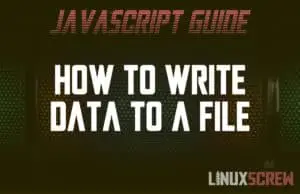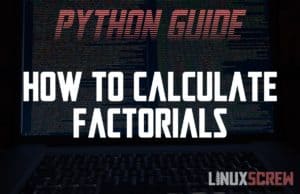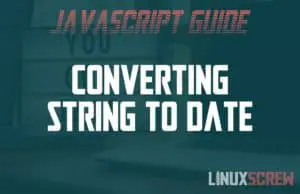Home » Programming
Modulus (Mod), Modulo and Python – Explanation and Code Examples
This tutorial will explain (hopefully in the simplest terms possible) what modulus and modulo mean and how they can be calculated in the Python programming language. Modulus and Modulo are Different Things! There’s a bit of confusion about this, and it seems that in some places, the terms modulus and modulo are used in place of each other – this is wrong (and confused me too – hence this article)! What is Modulus? In mathematics, the modulus is the absolute value of a number. It’s the non-negative value of a number – or its … Read more



![How to Read a Local/Remote JSON File in JavaScript [Examples] 3 JavaScript Read JSON File](https://cd.linuxscrew.com/wp-content/uploads/2021/11/javascript-read-json-file-300x194.jpg)





![Using the PHP 'exit' (AKA 'die') Function to Terminate your Script [Examples] 9 PHP exit die](https://cd.linuxscrew.com/wp-content/uploads/2021/11/php-exit-300x194.jpg)
